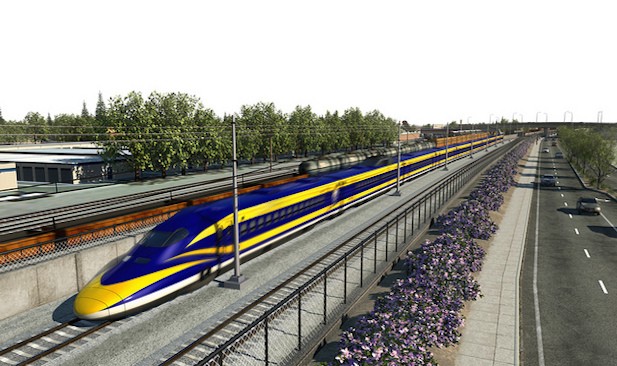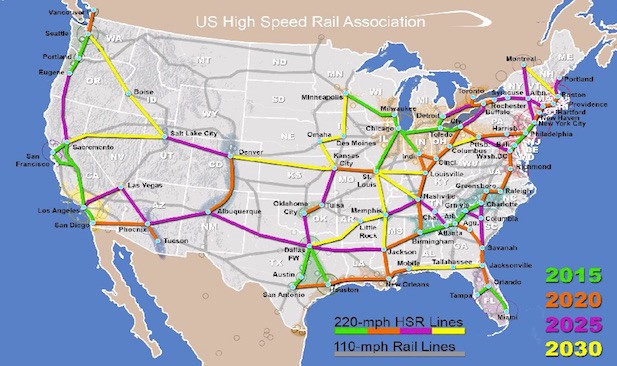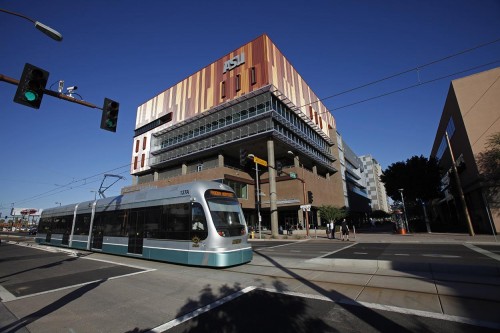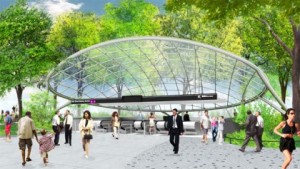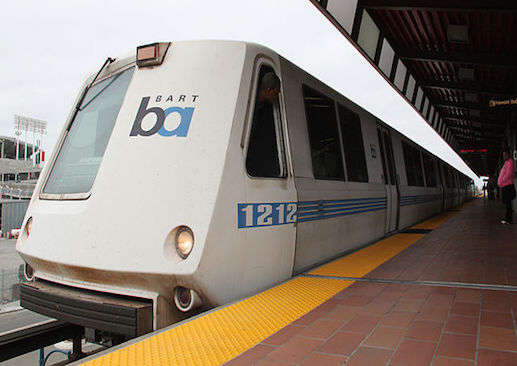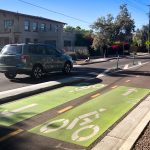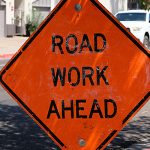A new survey by the American Public Transportation Association (APTA) — “High-Speed Rail in America 2015” — finds that if high-speed rail were available now, 63 percent of Americans would be likely to use high-speed trains.
The number jumps to 67 percent when respondents were informed that it will be less expensive than flying and that it will take less time than driving to their destination.
But by and large, Americans don’t get the chance.
Over the Christmas holidays, I had the chance to take the high-speed Eurostar train from Paris to London. I looked at the train and the plane as options, and the Eurostar, at 199 mph, was the best by far, both by time and convenience.
Japan is known for its high-speed maglev bullet trains (270 mph), and there’s also France’s TVG (236 mph), the Korea Train Express (219 mph), and China Railways (302 mph), to name a few. But the trend has been slow to catch on in the United States. Amtrak’s Acela, which runs between Washington, D.C., and Boston, which can only reach a top speed of 150 mph.
Who is most interested in high-speed rail?
Millennials, African-Americans and residents in the Northeast Corridor are among the demographic groups that said they were most likely to use high-speed rail service. And among Americans aged between 18 and 24, 78 percent claim they are likely to use high-speed rail for business or leisure travel.
The U.S. High Speed Rail Association is a nonprofit that wants to see a 17,000 mile national high speed rail system built in phases completed by 2030.
But, these projects can cost billions of dollars, and they tend to fight for scarce federal and state funding with existing public transportation projects.
However, there are currently high-speed rail projects on the books in California, Texas and Florida.
- The California High-Speed Rail Authority is currently building a $68 billion line from San Francisco to the Los Angeles that will be completed by 2029. The train will reach speeds of more than 200 mph and travel between the two cities in less than three hours.
- The privately held Texas Central Railway wants to build a high-speed rail with speeds of up to 205 mph that would take less than 90 minutes to travel between Dallas and Houston. TCR has partnered with Central Japan Railway Company (JRC) to use its Shinkansen bullet train for the $10 billion rail line, and plans to begin operations by 2021.
- All Aboard Florida wants to use existing and new rail lines and use private funding to build a high-speed train that would run between Orlando and Miami, with stops in West Palm Beach and Fort Lauderdale. The rail line, which will cost up to $1.5 billion to build, will travel from the two cities in three hours, at speeds of up to 150 mph.
With all these places looking at high-speed rail, there are plenty of story opportunities. Check with local rail organizations and state departments of transportation on high-speed rail projects.
RESOURCES
Federal Railroad Administration – High-Speed Rail Strategic Plan
U.S. High Speed Rail Association
U.S. Conference of Mayors: Economic Impact of High Speed Rail on U.S. Cities
Southeast High Speed Rail Corridor



